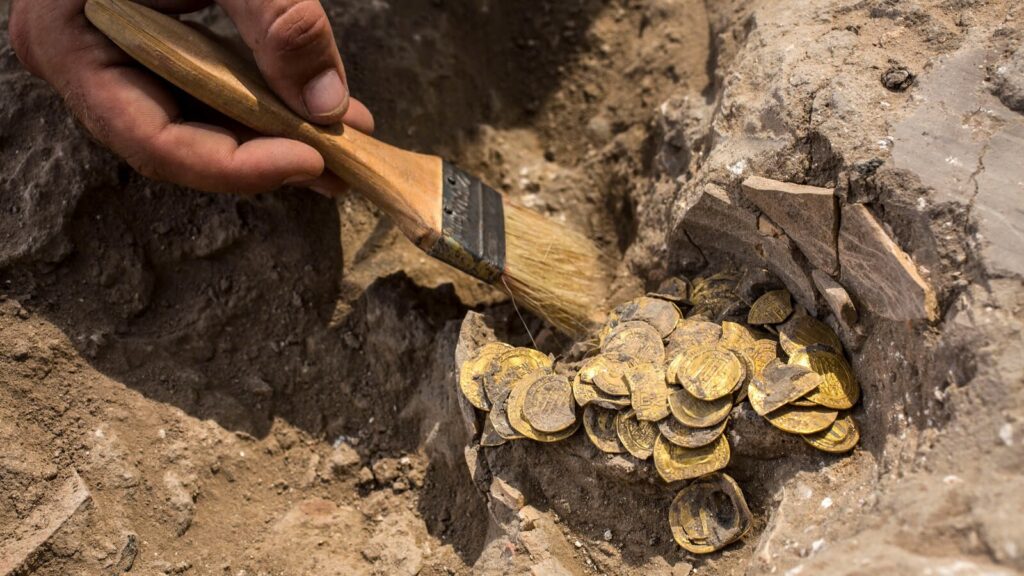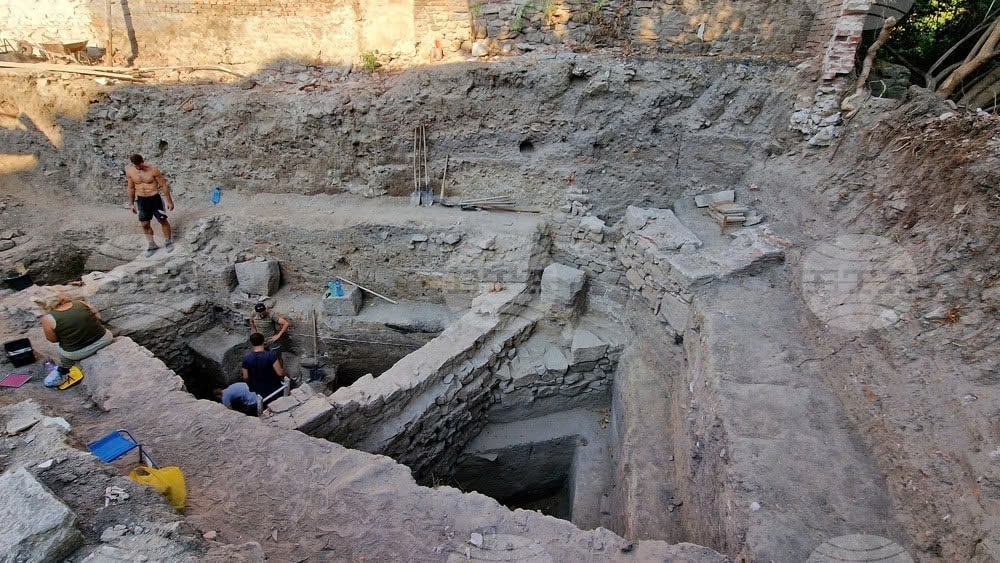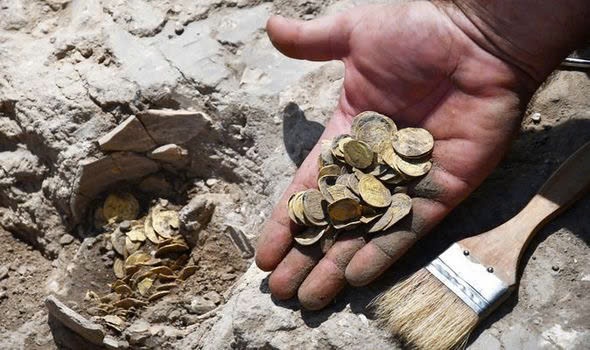A Stunning Archaeological Find in Plovdiv’s Old Town
In a discovery that deepens our understanding of one of Europe’s oldest cities, archaeologists in Plovdiv, Bulgaria, have uncovered a remarkable cache of over 500 ancient coins and a gold mold used for crafting jewelry. Spanning multiple historical periods, this find provides a rare glimpse into the city’s vibrant past.

Echoes of Philippopolis: Unearthing the Layers of Time
The excavation site, located at the base of Plovdiv’s Old Town within the Philipopol-Trimontium-Plovdiv historical zone, sits near the Eastern Gate of ancient Philippopolis—a city that has been continuously inhabited for more than 2,500 years.

Lead archaeologist Desislava Davidova describes the site as “extraordinarily fascinating,” noting that Plovdiv’s cultural layers extend up to seven meters deep. The current dig, reaching 6.5 meters, has unearthed artifacts from various eras, including the Hellenistic (3rd–1st century BCE) and Roman periods.
Coins, Crafts, and a Glimpse into Ancient Commerce
Most of the discovered coins are bronze, though some—beneath their thick patina—may be silver. Evidence suggests the site may have housed a small-scale workshop, possibly dating back to the Bulgarian Revival period.

One of the most intriguing artifacts is a gold mold, believed to have been used for crafting ornamental jewelry rather than minting coins. Alongside the abundant pottery fragments, this discovery paints a vivid picture of ancient craftsmanship and trade in Plovdiv.
Imperial Connections: Inscriptions from Rome’s Golden Age
Among the discoveries, researchers unearthed a notable inscription early in the excavation. According to Dr. Nikolay Sharankov, an expert in epigraphy, the inscription is an honorific dedication, likely from a statue pedestal dating to the reign of Emperor Septimius Severus (193–211 CE).
Plovdiv: A City of Seven Hills and Endless History
With a history dating back to the 6th millennium BCE, Plovdiv is one of Europe’s longest continuously inhabited cities. Nestled among seven hills and situated along the Maritsa River, the city has been a crossroads of civilizations.

From its Thracian origins to its conquest by Philip II of Macedon in the 4th century BCE—earning it the name Philippopolis—Plovdiv has seen the footprints of Persians, Greeks, Celts, Romans, Goths, Huns, Bulgarians, Vikings, Crusaders, and Ottomans. Each has left their mark, shaping its rich cultural heritage.
As excavations continue, these newly uncovered artifacts add another layer to Plovdiv’s storied past, bringing to light the city’s enduring legacy in European history.

